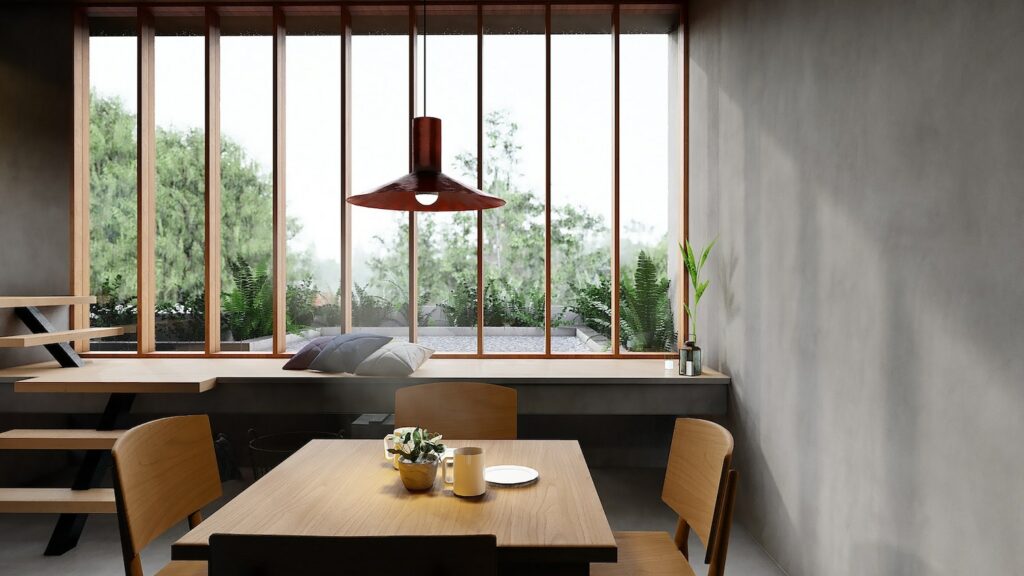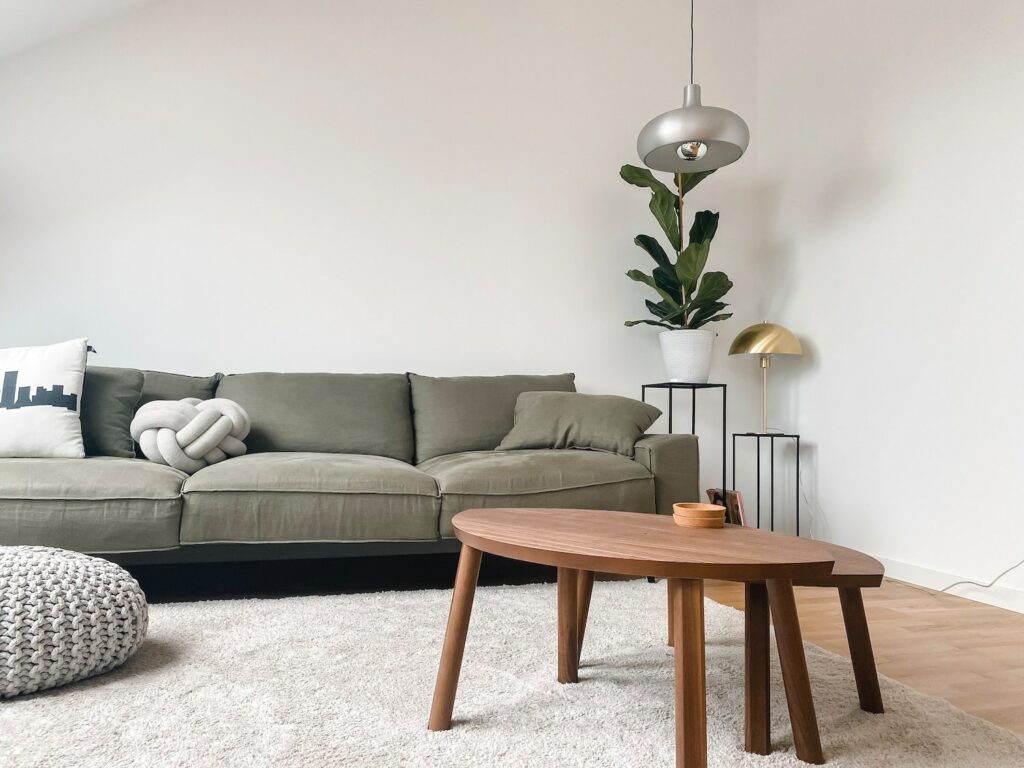
Solar power has become a prominent solution in the search for sustainable and renewable energy sources. Its popularity has grown significantly worldwide in recent decades due to its numerous environmental and economic benefits.
As we become increasingly aware of how our dependence on fossil fuels is detrimentally impacting the planet’s climate, solar power has emerged as a compelling solution to this environmental crisis.
With greenhouse gases saturating the atmosphere, solar power confidently offers a clean and emission-free alternative, holding the potential for a cooler and more sustainable Earth.
The growing adoption of solar energy is driven by a range of factors that have contributed to its rising popularity. From increasing environmental awareness to advancements in technology, these drivers are propelling solar power into the forefront of the energy industry.
Continue reading for a deeper look at these influential factors.
1. Technological Innovation
The advancements in solar power technology have significantly increased the appeal of this sector. Through innovative research and development, solar systems have undergone remarkable improvements in efficiency, adaptability, and sustainability.
Material science has played a crucial role by introducing groundbreaking designs like perovskite and thin-film cells, which offer higher efficiency levels and greater flexibility. These innovative advancements not only increase energy production but also create opportunities for integration into unique areas, such as wearable electronics and photovoltaic systems integrated into buildings.
One of the crucial developments in solar power is improving energy storage. In the past, the intermittency challenge was a major drawback of solar energy.
However, with the integration of efficient and scalable energy storage solutions like lithium-ion batteries, surplus solar energy can now be captured and retained. This stored energy can be utilized during cloudy periods or at night when solar generation is limited.
Combining solar and battery package systems enhances grid stability and empowers consumers to rely more on their self-generated electricity. This fosters a decentralized energy landscape that is both resilient and sustainable.
2. Environmental Consciousness
The impacts of climate change are becoming more evident, driving a growing awareness of the need for environmental responsibility. With the realization that traditional energy sources contribute to harmful greenhouse gas emissions, there is a strong push towards embracing solar power.
This movement is not only seen among individuals but also within businesses and governments who are actively seeking greener alternatives for energy production.
Solar power is a clear champion in the battle against global warming. It can produce electricity without emitting harmful carbon dioxide or other pollutants, making it an eco-friendly solution for sustainable energy strategies worldwide. This alignment with environmental goals has led to a widespread shift towards solar energy as a focal point of clean and renewable energy efforts.
3. Cost Competitiveness
Solar technology has come a long way, transitioning from an expensive novelty to a cost-effective energy solution. This transformation can be credited to the remarkable strides made in solar panel technology, with advancements in manufacturing processes and increased global production resulting in significant reductions in installation costs.
At the same time, as solar cell efficiency continues to improve, the amount of energy produced per unit area has increased. It has resulted in maximizing the value of each solar installation.
These cost reductions, along with long-term savings in operation and the possibility of achieving energy independence, have made solar power more appealing to homeowners, businesses, and utilities looking to optimize their energy expenses.
4. Energy Independence
The desire for energy independence is a major reason why solar power is becoming increasingly popular. Dependence on traditional energy sources often involves importing fossil fuels, which can leave countries susceptible to issues like supply disruptions, geopolitical conflicts, and fluctuating market prices.
Solar power offers a solution by harnessing the abundant and local resource of sunlight, reducing these risks significantly.
Utilizing solar energy allows countries to lessen their dependence on imported fuels, thereby enhancing their energy security and resilience. This self-reliance gives countries the ability to control their energy futures and decrease vulnerability to external uncertainties. Ultimately, this fosters stability and sustainability in their energy systems.
5. Job Creation and Economic Growth
In addition to its positive impact on the environment, solar power has proven to be a significant driver of job creation. This growth in employment opportunities spans various sectors and skill levels, revitalizing both local communities and wider regions.
The expansion of the solar industry has led to an increased demand for skilled workers in areas such as solar panel manufacturing, system design, installation, and maintenance.
The job creation from solar power projects has various economic implications. Not only do they generate employment opportunities, but they also stimulate other sectors such as materials production, transportation, and professional services. Additionally, small businesses and entrepreneurs thrive in specialized areas like solar panel distribution and installation firms.
6. Government Incentives and Policies
Governments worldwide have become essential drivers in promoting the widespread adoption of solar power. With a growing recognition of the urgent need to shift away from fossil fuels and towards renewable energy sources, many countries have implemented a range of incentives, policies, and regulations designed to accelerate the transition to solar power. These initiatives have created an environment that not only encourages investment but also makes solar energy financially feasible for a larger number of consumers.
Conclusion
The increasing popularity of solar power is driven by various factors that address both environmental and economic issues. This shift towards solar energy reflects the global understanding of the importance of sustainable alternatives to fossil fuels.
As technology advances and governments prioritize renewable energy, solar power will only become more appealing. These six drivers mentioned above collectively strengthen the role of solar energy in creating a cleaner, greener, and more sustainable future for future generations.
The post Green Revolution: The 6 Drivers Of Solar Power’s Increasing Appeal appeared first on noupe.


